There’s no shame in being a homebody – holding down the couch definitely counts as a hobby, and working from home is a hot trend right now.
Like many of us introverts, certain dog breeds would much rather stay home than mess with the outdoors or obligatory social functions. Some of our human lifestyles are a great match for these hermit hounds, as long as their exercise and stimulation needs continue to be fulfilled.
Below, we’ll cover some traits of indoor loving canines, as well as some common characteristics of the households where they’ll thrive.
Most importantly, we’ll also share our list of the best indoor dog breeds, so you can find your ideal match for the indoors!
Characteristics of Dogs Who Love Spending Time Indoors
Certain breeds have traits that make them fare better indoors. A lot of these traits connect to the breed’s origins, including the climate of the geographic origins the breed’s original purposes.
All dog breeds will need at least some outside time, but certain traits will definitely mitigate the need to be outside very often. These qualities include:
- Modest Exercise Requirements. Some dogs are born couch potatoes. They don’t need – and they certainly don’t want – a lot of physical activity. They grow out of the crazy puppy stage super quickly, and they become calm dogs who are content to lie on the couch all day. While you’ll have to watch their weight to avoid the problems that come along with canine obesity, an indoor-living dog won’t need several walks a day or trips to the dog park.
- Relatively Little Interest in the Outdoors. If your pooch is going to spend a lot of time indoors, dogs from the sporting group or the working group are generally not going to be the best option. Dogs who love to sniff or track for hours on end (looking at you, beagles) are not going to be happy indoors all the time around the same scenery.
- Easily Entertained. While an indoor-only dog doesn’t necessarily mean a low maintenance dog, it’s a good idea to pick a breed that can be entertained by simple joys in life. Dogs that can happily busy themselves with a chew toy are great candidates for indoor breeds because they won’t need exciting experiences and scenery to keep them interested.
11 Best Breeds for Indoors
We’ve given you some great matchmaking tips for your indoor dog search – here are our picks for the best breeds for home-based hounds!
1. Basset Hound
Are you prone to eating your feelings, sleeping in, and skipping the gym? Then you’ve got a lot in common with a basset hound.
The basset hound is known for being the quintessential couch potato. Like some of us humans, their activities of choice tend to be overeating and napping. In fact, their short legs and brawny bodies make exercise quite challenging, and oftentimes impossible (I, for one, can relate).
Bassets are simple fellows who tend to be able to entertain themselves – just a simple chew toy will keep them busy for hours, without the need for constant exercise.
Like every breed, your basset will need at least a little bit of time outside.
They were bred to track, and their powerful noses are always low to the ground – at minimum, a few short walks a day are required to explore new scents will be necessary to fight off obesity and to exercise their naturally strong noses.
The good news is that just a bit of physical activity will leave them tuckered out and ready for a nap.
Basset hounds tend to be social creatures, so a trip to the dog park or, better yet, a canine brother or sister, will help keep them entertained and happy indoors.
Perhaps the best inside family dog, basset hounds are usually a great small dog breed for kids – no doubt they can keep each other entertained.
2. Dachshund
The dachshund’s adorable trot turns heads wherever he goes – even though he’s bound to get attention when he goes out in public, he’s probably happiest just staying home with you, out of the limelight.
Times have changed since the dachshund was initially developed hundreds of years ago to climb down holes and hunt prey. While they’ve retained their high prey drive, they are quite affectionate and loving pups.
Their small stature makes them one of the best dogs in apartments, as they’re easily below required size limits and don’t need tons of space to be content and comfortable.
Dachshunds are rather sensitive to extreme temperatures, so whether you pick a smooth, wire, or long-haired dachshund, you’ll have to make sure they are properly attired in the winter months and kept in the air-conditioning during the summer.
Dachshunds can be challenging to train because of their headstrong nature. They tend to be a bit stubborn and sassy, and while they usually are pretty affectionate, they tend to play by their own rules.
Their sometimes snippy attitude and innate prey drive can be mitigated with a little indoor recreation. Some impulse control games can positively spin your pup’s prey drive and be a great outlet for excess energy.
3. Chinese Crested Dog
Cute? Check. Won’t shed very much? Check. Can’t spend too much time outside because he’ll get sunburned? Check! The winsome Chinese Crested ticks all the boxes when it comes to indoor dog traits – plus they’re quite friendly and tend to form close bonds with their humans.
Though it’s probably pretty obvious, the Chinese Crested earns a solid place as a best indoor pet because of his coat – or lack thereof.
Basically hairless, the Chinese Crested is extremely sensitive to the elements. Sunny days and warm climates require extreme caution because of the high risk of sunburns. Colder months require sufficient outerwear, because, as you can imagine, Chinese Cresteds don’t have a lot of natural protection from the chill. They are definitely not cold weather dogs!
Besides the fact that these dogs basically have to stay indoors most of the time for health reasons, their small size and easygoing disposition makes them perfect to have at your feet all day. Usually standing around a foot tall, the Chinese Crested is a warmhearted pup who loves to play and loves human interaction.
If you weren’t already sold on these handsome little tykes, don’t forget that shedding won’t be a huge issue!
4. Maltese
While a Maltese would look right at home in a SoHo penthouse, these small, white dogs happily adjust to pretty much any cozy indoor home.
The Maltese requires a lot of professional grooming to maintain that pearly white and sleek coat, so you won’t want him to spend much time out in the dirt or snow outside to mess up that sophisticated hair-do.
Fortunately, a Maltese will be perfectly happy spending a lot of time indoors. Typically weighing less than 5 pounds and standing less than a foot tall, their small stature makes them one of the best dogs for apartment life.
Though they do tend to have a high energy level, the exercise needs of the Maltese can usually be satisfied with some fun indoor games or a quick walk or two.
For a Maltese, the most important thing is that they have ample time to spend with their human families – they tend to love their people fiercely and won’t want to spend much time away from them.
Despite their small size, they make great watchdogs – sometimes to a fault. Particularly if you live in an apartment, you’ll need to make sure you set proper boundaries to avoid waking up your neighbors with your miniature guardian.
5. Chow Chow
The Chow Chow was popularized by Queen Victoria, and it seems these doggos haven’t forgotten this. These stunning pups love to be the king of the castle, and can happily spend most of their time indoors playing and interacting with the peasants (humans).
Don’t be fooled by their precious mix of floof and a smooshy face – Chows tend to be rather difficult to train, and oftentimes are wary of new canine encounters and other new stimuli. That’s why they make a good dog to live primarily indoors, where they can stay with their familiar surroundings.
While Chow Chows usually thrive in cold weather, they don’t do well in the heat, and overheating is a major concern even in mild temperatures. Keeping them indoors for most of the day, especially in warmer regions or in the summer months, is a must for health reasons.
Furthermore, Chows are pretty independent and don’t mind being left alone – they can happily busy themselves with indoor activities without constant attention.
While Chows make excellent and fiercely loyal pets, they’re not always a great option for first-time dog owners. They are rather stubborn at times, and they’re not great to have around kids or cats.
Their temperament might be an acquired taste, but they’re definitely worth the effort for the right owners and the right household.
6. French Bulldog
Skyrocketing in popularity, the French bulldog is a popular choice of city-dwellers and Instagrammers across the United States.
Weighing under 30 pounds and standing around a foot tall, the French bulldog is one of, if not the most, popular of the small indoor dogs. It’s easy to see why.
Their small size matched with their laid-back attitudes makes them perfect for families and new pet owners. They tend to be great with dog-smart children too.
A key selling point for Frenchies is their low energy levels – just a short bout of exercise each day to take the edge off will keep them happy. They’re a perfect fit for busy households and homes with little or no yard.
Like other breeds with that adorable flat face, staying indoors during the warmer months or in warmer regions is a must. They can easily overheat and have trouble breathing, and rigorous activity and heat can cause a medical emergency.
Cooler climates are much safer for them to be outside, but their short coats make outer garments a must (plus, they’re adorable). In general, Frenchies are much safer and happier with short periods of time outside and can be perfectly satisfied with an indoor game of fetch.
7. Chihuahua
The small but mighty Chihuahua may like to strut his stuff at the dog park, but in reality, he’s probably just as happy staying home in bed.
Chihuahuas are one of the smallest breeds in the world, often weighing around 5 pounds, making them perfect for living in small spaces. They can be perfectly content in the confines of a one-bedroom apartment, as it seems like a mansion to them.
While they need regular exercise, their short little legs have to move twice as fast as other dogs – in fact, you’ll probably have to slow your own pace so they can keep up with you. For Chihuahuas, in-home exercises, like a vigorous game of fetch, are a great way to burn energy.
Chihuahuas have an ancient history, dating back thousands of years to Mexico. They’re from a warmer climate originally, so colder temperatures are a no-go – they’d much prefer the indoors during the winter months, and they’ll be much safer as well.
Chihuahuas are known for their larger-than-life personalities, and they have a tendency towards sassiness.
Especially if he spends most of his time indoors, you’ll have to make sure that your Chihuahua has an outlet for his energy to avoid getting into mischief.
8. Pug
If you want a dog who’s easy to please, fun to look at, and bursting with personality, give a Pug a try.
Pugs are notoriously nice – basically, when you’re happy they’re happy. They make great indoor dogs because they love to be with their family. If you’re home a lot of the time, your pug will be completely satisfied with their indoor lifestyle.
They do tend to be on the portly side, so you’ll have to implement an exercise regimen to keep these lazy couch potato dogs in check. Luckily, household games or short walks can easily keep the energy levels in check, and your pug will appreciate the time spent with you.
Like other dogs with flat noses, heat and rigorous exercise are not friends of the pug.
Air conditioning and the indoors, especially in warmer climates or summer months, are essential for keeping them healthy and avoiding breathing issues, which are a common issue with the breed.
Another common feature of pugs is their tendency to shed – a lot. Be sure you pick dog-proof furniture and interior design to match their iconic buckskin coat.
Other than their grooming, they are one of the most low maintenance dog breeds around – perfect for families or folks on the go.
9. Pomeranian
Looking for a little puffball of fun to keep you on your toes? The Pomeranian is the picture of canine elegance and personality, and a great fit for indoor living.
A common breed among royalty throughout history, Pomeranians have a regal appearance that is an outward reflection of their outgoing personalities. They’re often considered one of the most beautiful dog breeds out there!
These furry little fireballs are a bundle of fun, and will constantly keep you entertained.
Their small stature makes them perfect for apartment living. They aren’t terribly sensitive to hot or cold, but their preference is the indoors, with the family, enjoying the spoils of a home life. They tend to love their humans dearly, and they can quickly become fiercely loyal.
One look at the Pomeranian and you can see why he doesn’t want to get dirty outside – regular grooming is a must, and their delicate but gorgeous coats require maintenance at home as well.
Additionally, any outdoor activities should be closely monitored because of their small size, to avoid the threat of natural predators, like coyotes. While the regular walk is a healthy outlet, indoor exercise is a great way for Pomeranians to burn off excess energy.
10. Italian Greyhound
Perhaps a surprising choice for an indoor pup is the lightning-fast Italian greyhound. These pups are a unique breed with a lot to offer for the experienced dog owner.
It’s common knowledge that Italian greyhounds are born runners. However, people often mistakenly think that they have exponentially high energy levels and require wide open spaces to run and burn it off.
The fact is, their energy levels aren’t terribly higher than your average pup – usually, they’ll just need a few daily walks and a little playtime to fulfill their exercise needs.
It’s their physical capability that tends to exceed most other breeds. Not only are they bred for speed, but these pups are bred to have a strong prey drive — they can often get into trouble chasing a rabbit or squirrel if they aren’t contained.
The little Italian greyhound does remarkably better indoors than outdoors. Their naturally thin stature makes them sensitive to the cold, so even mild temperatures can make them chilled.
On the flipside, in the summer months their thin coat makes them susceptible to sunburns, so they aren’t a great dog breed for hot weather. Their thin coat, however, means that you won’t find dog hairs everywhere – in fact, they are one of the cleanest house dogs around.
Italian Greyhounds should ideally be matched with experienced owners – training can be a bit of a challenge with these little stinkers. While they can be a bit stubborn, they have a unique personality that makes them quite endearing once you’re used to it.
11. Basenji
A lot of indoor pups – from the smaller yapping members of the toy group to howling hounds – tend to be extremely vocal. For a quieter option, consider the unique and “barkless” Basenji.
Basenjis are a great apartment dog this quiet breed won’t wake your neighbors at all hours of the night with their barking – however, they may surprise both you and your neighbors with their unique yodeling sound (but it’s an adorable sound, so how can anyone complain?). Additionally, they’re perfectly sized for smaller spaces, usually weighing less than 25 pounds.
Basenjis tend to have a bit of an elevated energy level – they bounce off the walls from time to time, and they are quite mischievous. So, you’ll need to be sure you’re willing to go on regular, long walks with your new pooch.
However, they thrive indoors because many love to engage in fun indoor activities and interactive dog toys to keep their energy in check. They are great candidates for agility courses because of their energy levels and their fun-loving attitudes.
A drawback for Basenjis is their tendency to chew on things – sometimes on things they shouldn’t. While it could get out of hand, these adorable doggos can easily be distracted for hours indoors with the right chew toys.
Reasons You May Want an Indoor Dog
The truth is, your lifestyle is probably going to dictate the type of dog that’s best for your household. It’s important to be realistic when weighing your options to make sure that your new pooch will be perfectly content in your home.
If these lifestyle characteristics sound familiar, you might want to consider an indoor-only dog:
- Extreme Climate: Living in parts of the world with extreme heat or extreme cold, even if it’s only certain times of the year, means you’ll need to be extra careful with outside time for pooches. If you can’t realistically expect to be outside a lot with your dog, and indoor-inclined pooch might be a good idea.
- City Living: If you live in an apartment or townhouse, or just don’t have much (or any) place to walk your dog safely, obviously the indoors are going to be where your dog spends much of his time. The size of your living space should also be an influential factor – bigger dogs, even indoor-loving ones, can’t always be content in small spaces.
- No Time for Walks: Commuting to and from the dog park or hiking trails can be time-consuming. If you’ve got a busy schedule, no doubt you’ll need to make at least some time to exercise and connect with your new pooch. But if you’re looking to save time on canine exercise, you’ll want to pick a breed that can be satisfied by a short walk around the block or an indoor game of fetch.
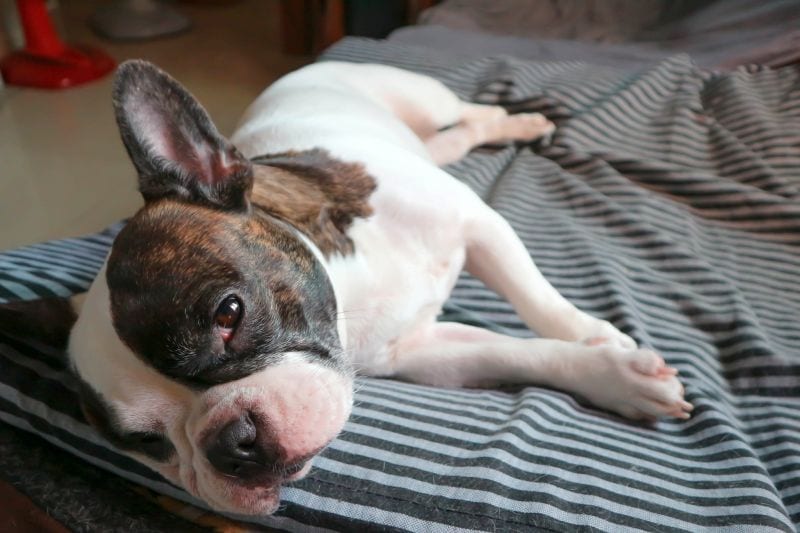
3 Tips for Keeping Your Dogs Happy Indoors
No dog is truly an indoor-only dog – all pups need at least some time outdoors for their health and happiness. Even the idlest canines need a little fresh air and sunshine, even if you have to drag them off the couch.
However, we have some tips you can try to keep your canine physically and mentally active indoors:
- Provide lots of games and toys: There are tons of toys for your dog will prefer beyond the boring old tennis ball – a lot of toys can help keep your pup’s mind and body active and keep them happily occupied. Try puzzle toys for some mental stimulation, or some interactive dog toys to practice paw-eye coordination. Keeping your pup’s mind active indoors is important to reduce anxiety, promote good behavior, and simply keep them content.
- Canine treadmill: Dog treadmills are a growing trend to give your pooch the benefits of a walk without the threat or distractions of the elements. They’re pretty much just a miniature version of the human treadmill — it may take some practice for your pup to get the hang of it, but you’ll definitely reap the benefits once he does. There’s plenty of other pieces of dog exercise equipment for pooches who need to get their moves on indoors.
- Window perches: Just because your dog won’t spend a lot of time outdoors, doesn’t mean he won’t want to know what’s going on out there. A comfortable view of the outdoors can help the hours pass when you’re away. It’s also a low key, relaxing activity to help your pooch unwind after playing hard.
***
Dogs of all shapes in sizes have their reasons for loving the indoors, from genetic requirements to behavioral norms. Did we include your favorite indoor-loving canine? Let us know in the comments!
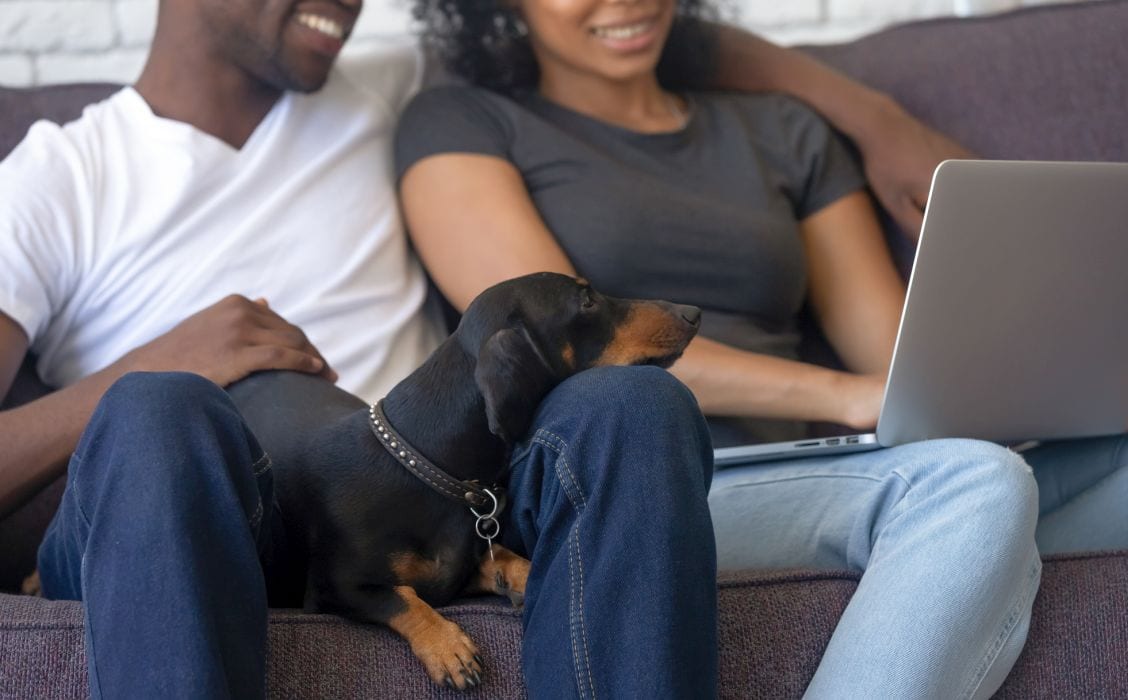

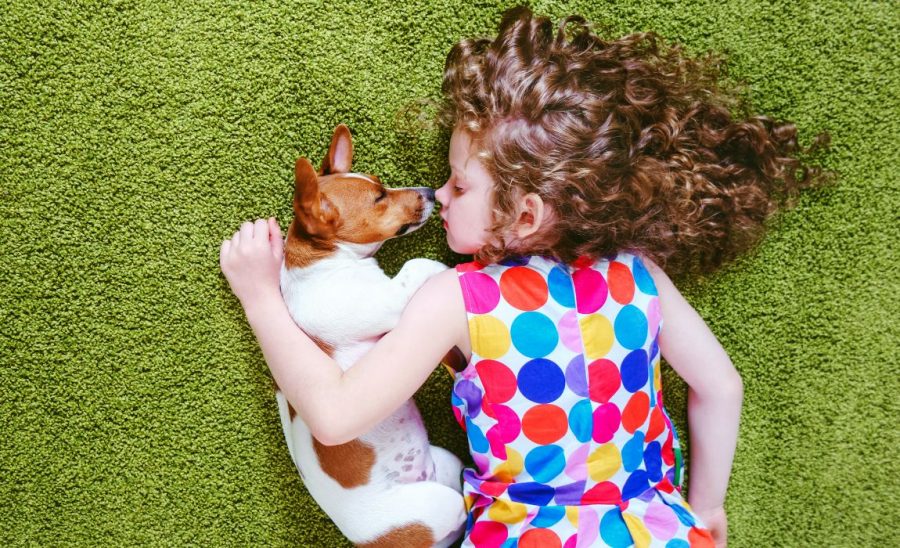


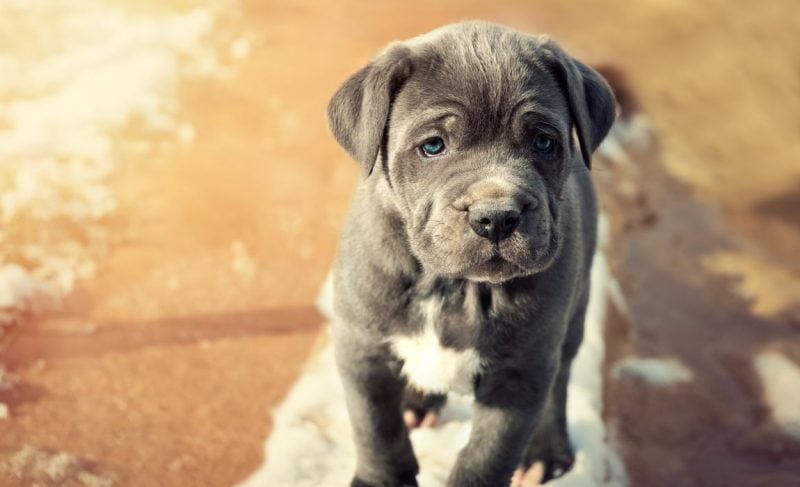
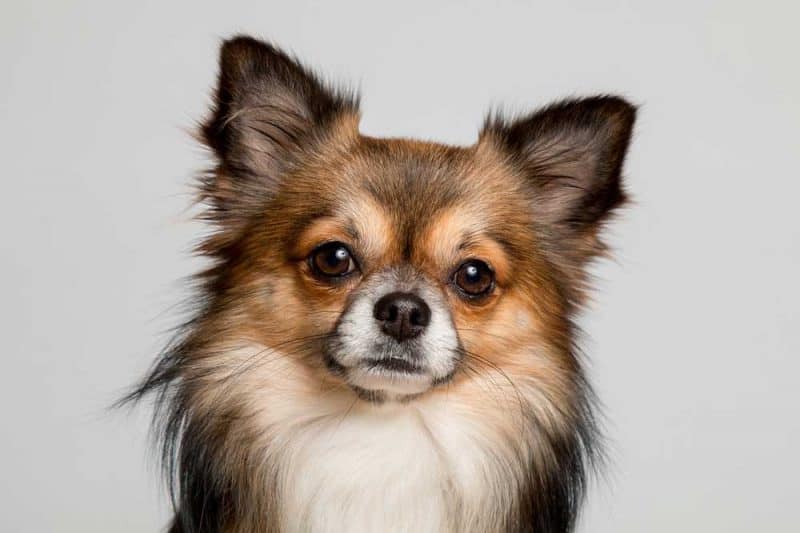
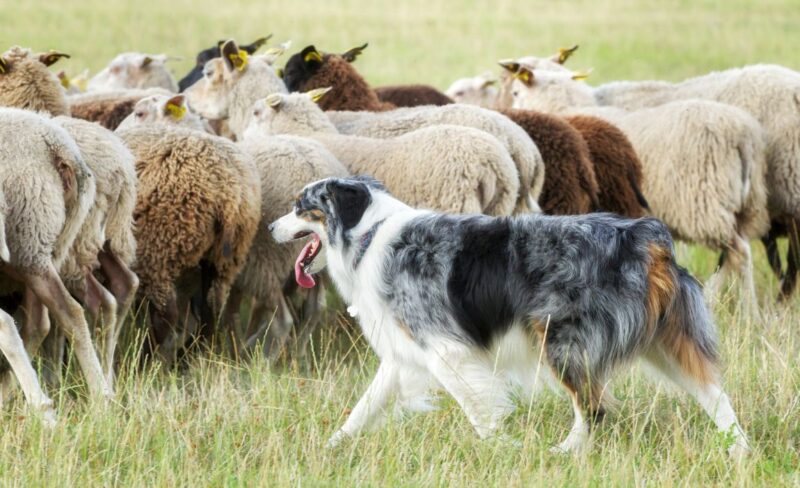

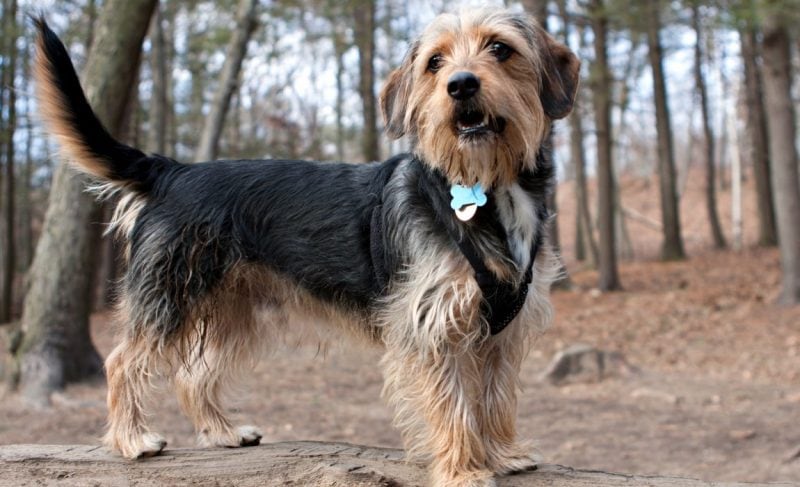
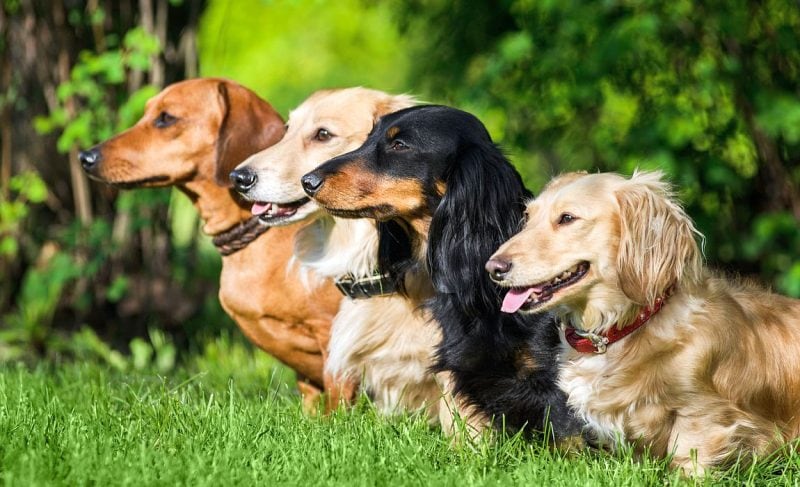
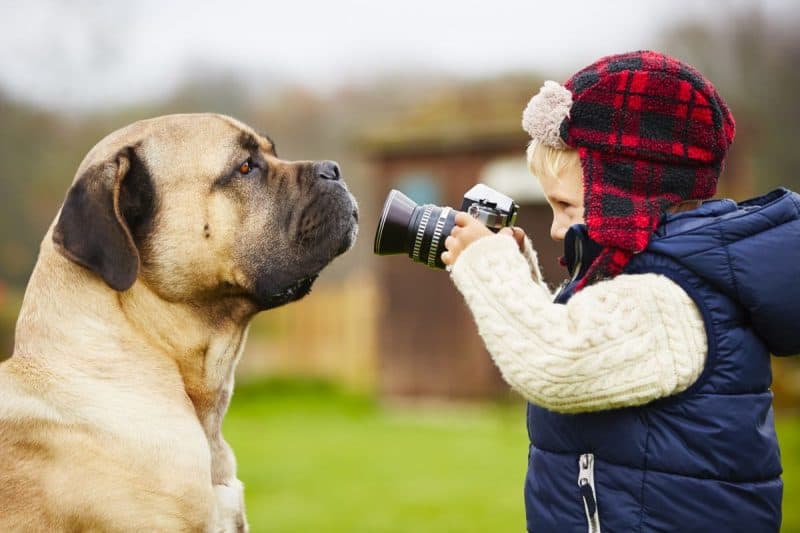

Leave a Comment